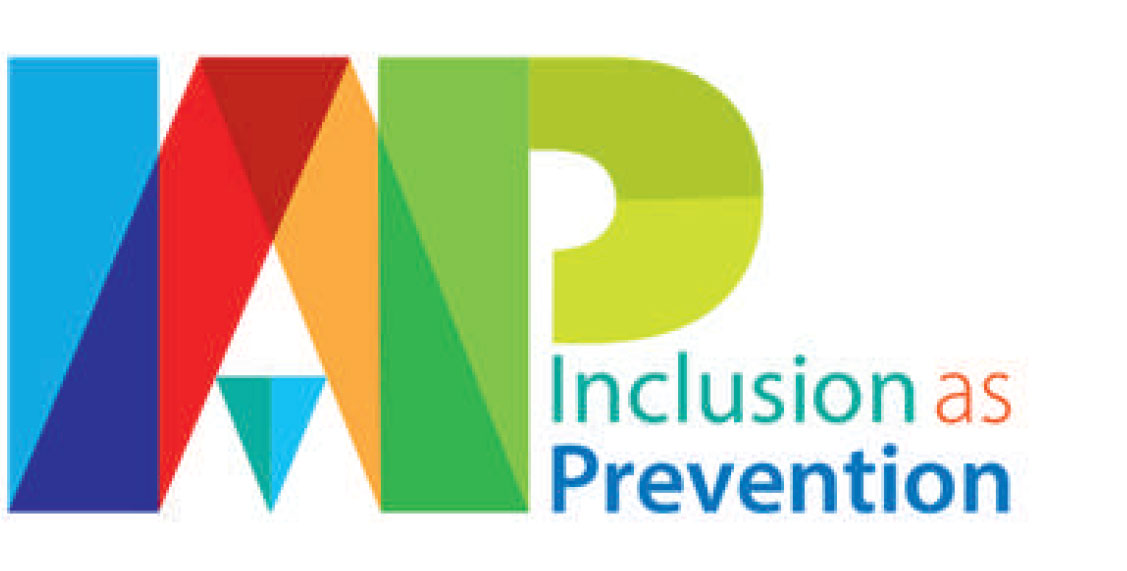What’s the point of IAP?
As the Inclusion as Prevention (IAP) celebrates the launch of its website and reaching its halfway point, Natasha Hessami reflects on the aims and achievements of this National Lottery funded project, which is working with the South Lanarkshire community to collaboratively shift and re-shape the design and delivery of services for children and young people at risk of offending, and their families. Read more about the research and evidence which underpins the ethos of our work here.
Why do social workers only care about us after we’ve committed a crime? This sentiment was core to the short play, Trapped in the System, written and performed by a group of engaged young men who have experience with the Youth Justice System in Scotland.

Shifting our focus (and funding) away from a punitive and reactionary system towards a preventative system is a step in the right direction, but it is still within the same system. Prevention is often targeted at those who are considered a risk, which in turn creates categories and labels for young people. Being labelled as potential future risk, or problem child can reinforce and potentially amplify behaviour that can result in contact with the justice system.
There is an established evidence base that young people who become involved in a pattern of offending are almost always our most vulnerable, victimised, and traumatised young people – and are at high risk of offending again. This link between vulnerability and offending is retrospectively not predictive but suggests there are windows of opportunity for positive relationship building and activity that are missed.
So how can we invest our energy into preventative practice that isn’t so focused on that thing we are trying to prevent (in this case, offending)? We are exploring what happens when we focus the system on including people to help them do something rather than just preventing that thing.
The ultimate aim of the Inclusion as Prevention (IAP) project, through co-design and co-production, is to re-design services to realise a shift away from acute and crisis driven approaches to truly inclusive and preventative practice. Our ethos is in our name – by including young people, prevention will take care of itself. We want to identify and intervene at an earlier point in the lives of children who are at risk of becoming involved in future offending or other negative outcomes, tackling the root causes.
Working together to achieve this aim is South Lanarkshire Council, Action for Children, the Children & Young People’s Centre for Justice (CYCJ), and Dartington Service Design Lab. Most importantly, we are bringing together the community of South Lanarkshire. We engage with children and young people alongside practitioners from social work, education, health, police, third sector and others who have an interest in the success of this work.
As our project reaches its halfway point, the launch of our website is an exciting milestone as we put ideas from the community into action. We will be using this blog space to share various aspects of the IAP project – reflections from work we’ve done, musings about what is next, and ways to get involved.

About our blogger
Natasha is a Researcher at Dartington Service Design Lab. She is serving as the Project Researcher for the Improvement strand of IAP. Natasha has a passion for policy and practice that seeks to disrupt causes and perpetuation of inequality – and a track record of social justice advocacy work and both quantitative and qualitative research experience.
